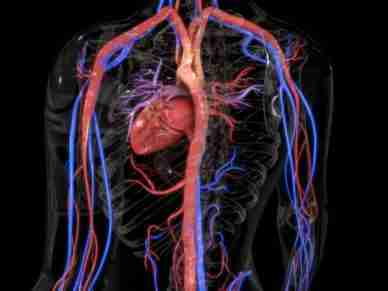The wardrobe of a nurse is much more than attire; it’s a critical tool that combines functionality with professional aesthetics.
Recently, the field of medical apparel has seen transformative innovations that address everything from fabric technology and ergonomic design to style versatility and sustainability.
This article explores how modern nursing wear supports both comfort and professionalism, which is crucial for the demanding environments healthcare professionals navigate daily. As we delve into these developments, we’ll uncover how they not only enhance a nurse’s performance but also adapt seamlessly to their lifestyle and values in today’s dynamic healthcare landscape.

Revolutionizing Fabric: The Fusion of Comfort and Durability in Nursing Wear
The latest advancements in nursing wear prioritize not only comfort but also durability, leveraging high-tech fabrics that stand up to the rigorous demands of healthcare environments.
Materials such as moisture-wicking polyester and antibacterial finishes are now standard, offering nurses protection against spills and pathogens while ensuring they remain cool and dry throughout their shifts. But perhaps the most noteworthy improvement is in the fabric stretchiness – allowing for unrestricted movement – whether reaching for supplies or assisting patients.
This blend of functional innovation invariably supports a nurse’s day-to-day work life while promoting a crisp and professional look.
Ergonomic Designs: Enhancing Mobility and Minimizing Strain
Innovations in the cut and construction of nursing attire are making significant strides in ergonomics. Modern nursing uniforms are designed with features such as gusseted underarms and articulated knees which enhance mobility and prevent fabric tension during frequent bending and stretching.
Additionally, the strategic placement of pockets allows for easy access to tools without compromising posture.
Such thoughtful design not only helps in reducing physical strain but also contributes to a nurse’s efficiency on the job. By marrying functionality with ergonomics, these garments underscore a commitment to the well-being of healthcare professionals.
Style Versatility: From Clinical Settings to Casual Engagements
As the lines blur between professional and personal life, nursing and medical scrubs are evolving to suit both environments. Today’s designs feature sleek, tailored fits and a variety of colors and patterns that challenge the traditional monochrome palette.
This shift not only boosts morale among nurses by allowing personal expression but also improves public perception by presenting a more approachable image.
Moreover, some brands are introducing crossover styles that can be worn comfortably outside clinical settings, ensuring nurses look polished during every part of their day without needing an outfit change.
The Impact of Smart Textiles in Nursing Wear
Smart textiles are redefining the functionality of nursing uniforms by integrating technology directly into the fabric. Features like embedded sensors that monitor physiological signs or fabrics that change color in response to temperature fluctuations provide real-time data beneficial for both patient care and nurse monitoring.
These innovations not only enhance the nurse’s ability to respond rapidly to changes in a patient’s condition but also support ongoing health metrics tracking without additional equipment.
The strategic incorporation of such technologies signifies a futuristic approach where comfort, professionalism, and enhanced utility converge in nursing apparel.
Sustainable Practices: The Green Shift in Nursing Wear
In a profession deeply rooted in caring for others, many nurses are enthusiastic about extending this care to the environment. Manufacturers are responding by producing eco-friendly nursing uniforms using sustainable materials like organic cotton and recycled polyester.
These fabrics not only reduce the environmental footprint but also offer hypoallergenic and breathable qualities essential for long shifts. Furthermore, the adoption of green manufacturing processes minimizes waste and conserves energy.
This commitment to sustainability is reshaping industry norms and helping healthcare facilities align with broader environmental goals while maintaining high standards of professional attire.
















Leave a Reply